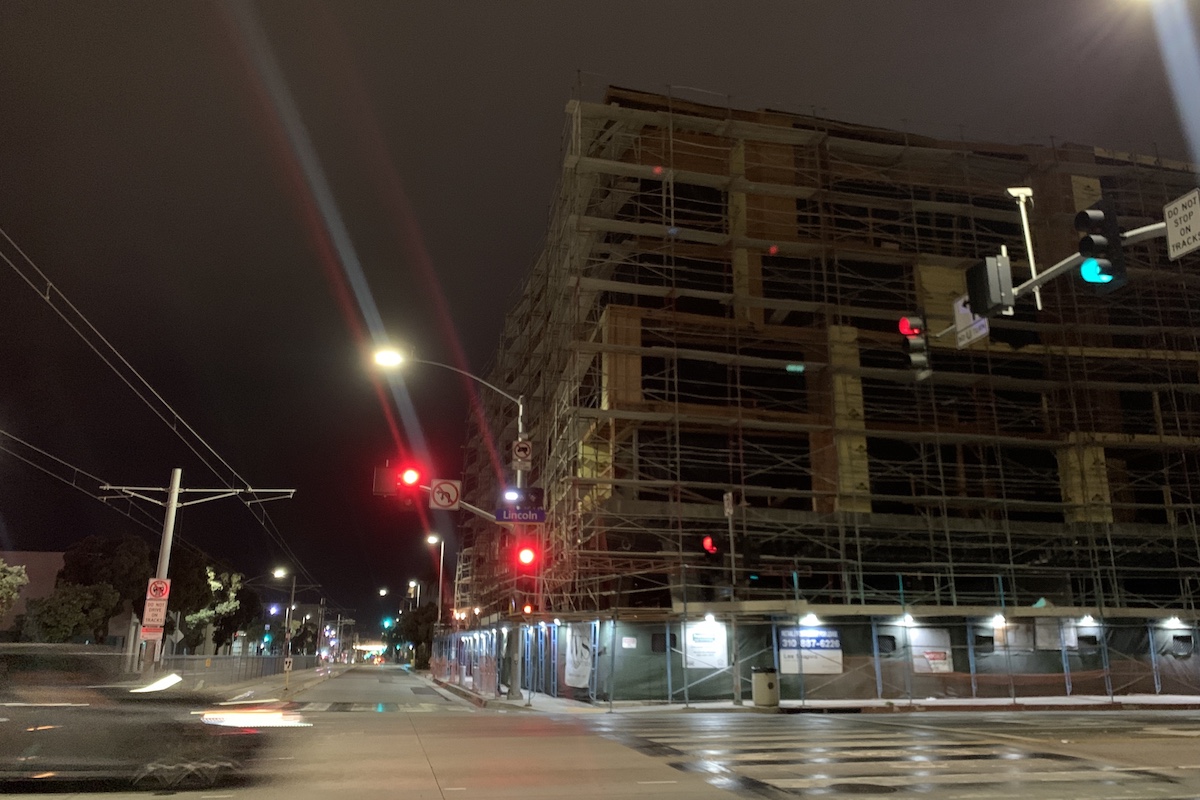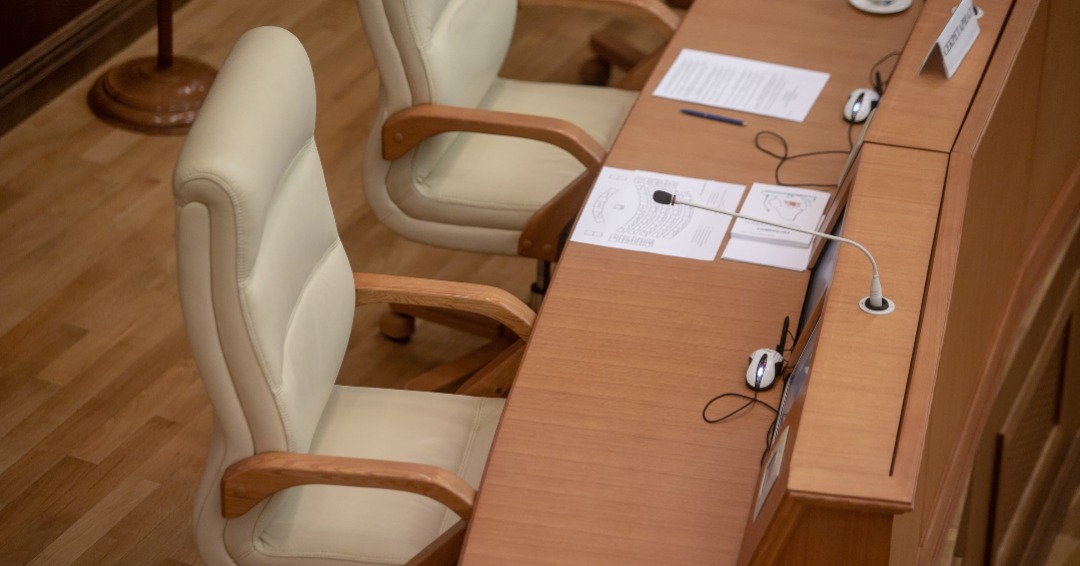
Six or so years ago, I started reading some pieces in a local Santa Monica paper. I was struck by those pieces. They were articulating the issues of how a city approaches development that reflected my own thinking. The articles addressed how a city’s growth can be planned to ensure sunlight and open space. And, how planning can address the housing and commercial needs of the city as well as its infrastructure. All while maintaining the feel of a city as a place its residents enjoy. I liked those articles so much that I wrote a note to the writers and thanked them for their thoughts. It was a small group of architects that dubbed themselves SMa.r.t. (Santa Monica Architects for a Responsible Tomorrow). They invited me to join one of their meetings. I lived too far away for that and kept reading their articles.
Back in the 70s & 80s, I lived in Santa Monica and was active in many of the issues of the day. I remember when the residents of Santa Monica denounced the plan to tear down the pier and replace it with an island. The community rose up and stopped it. I remember when 80% of the rentals in Santa Monica would not accept families with children. We amended a statewide law to end that discrimination and Santa Monica passed its own ordinance. I remember our efforts to pass rent control. We came together and founded Santa Monicans for Renter’s Rights (SMRR). We walked precincts, held house meetings, challenged the City Council of the time and we won. The people of Santa Monica made decisions with the idea that their city must work for all its residents. There have been stops and starts along the way. There have been good decisions and bad. I believe Santa Monica is now faced with making a decision that will be critical to its future and whether it will be a city that will work for everyone.
That decision is what policies the city adopts in its new Housing Element that the state mandates must include zoning that will allow some 8900+ new units to be built over the next eight years with a significant portion of them to be affordable. It’s a lofty goal – particularly because it comes with no funding and is a state mandate. I share the priority of enhancing and preserving affordable housing. Some feel the only way to achieve the goal is to up-zone the city with significant height and density increases. I disagree with that analysis. If that concept is passed, what will happen in Santa Monica is the escalation of high-end development. Investor groups will buy properties unseen and property values will continue to rise. The market rate housing that is built will be out of reach for middle-income families – much less those of lower income. There will be displacement and those families will likely leave the city. Instead of making gains in integrating the city – a critical goal – it is those families that invariably are displaced in disproportionate numbers.
The events of the last year have brought forward the issues of racism in our national dialogue in a way those issues have not been highlighted for far too long. Santa Monica – like our country – is recognizing that the policies of the past were built on the racist, anti-religious, and classist attitudes of an era. An era that committed so many wrongs that generations today continue to experience the effects of those actions and policies. The continued disparities in employment opportunities, advancement, income, access to bank loans, and the practice of disparate valuations of neighborhoods inhabited by persons of color versus whites – a form of 21st century redlining- are all ongoing realities that hold back equal access. The effects and attitudes of racism are so pervasive in our society that we do not see them or feel them – unless we are a person of color. It is the invisible part of white privilege that we do not see and are just beginning to recognize. I do not know if these debates will bring our country to the beginning of the end of racism. True cultural change takes a long time. I do know that whether it is policing policies, voting rights, access to business loans, housing, and more – it is time to end lip service and false promises of change. The argument that up-zoning the city – which will indeed spur construction – will somehow increase access to affordable housing for families of color is a false promise. Up-zoning will increase housing opportunities for those that can afford multi-million dollar condos – regardless of their race or religion – and will leave out those families that are in the greatest need.
The decline of the middle class in America through the last 40 years of economic policies out of Washington has moved families of color even lower on the economic ladder. Tax policies – which were a significant factor in the spiraling rents of 1979 and in the establishment of rent control – are once again benefitting investor groups that outbid families trying to purchase a house. Those twin-financial-wrecking balls are not something Santa Monica or any city can correct. Those are policies we must look to Washington to correct. It is the policy-dictum coming out of Sacramento that Santa Monica must deal with over the next few months. That dictum requires Santa Monica to provide zoning to allow for the construction of almost nine thousand units with a significant percentage to be affordable. Current zoning allows for that number of units now – it is the affordable part of the mandate that must be wrestled with in the Housing Element. The city of Santa Monica is not required to produce the units. What is required is that the city’s zoning laws provide adequate parcels zoned to accommodate the construction.
Santa Monica residents went through untold hours of meetings and discussions to formulate its LUCE. It is the guiding document for land use decisions for the city. It already allows for the number of units the city is mandated to zone for with moderate changes to encourage more affordable housing – not the wholesale change as is proposed in the Draft Housing Element. The City Council has directed staff to provide a suitable inventory of city-owned properties to accommodate affordable units. That development will still require subsidies before housing can be built. The donation by the city of that resource will reduce the land costs that can be 30-40% of construction costs. It is a generous proposal by the city’s residents to do its part for the region. Santa Monica can achieve the goals without forever changing the very nature of the city.
No one on either side of this debate is a bad person. I believe the residents can come together and create a Housing Element that is compliant with the state requirements without unleashing rampant development on the city. The Planning Commission has rejected the idea of wholesale up-zoning throughout the city. Your City Council now needs to hear from you.
One of the few good things for me that has come out of this year of pandemic isolation is Zoom. Not too long ago, one of the SMa.r.t. members contacted me again and invited me to a meeting. The group has grown since I first reached out to them. It’s an eclectic group of talent that gathers weekly to discuss the issues of Santa Monica and to write a weekly column to share their thoughts with their fellow residents. They’ve been doing that for eight-plus years now with the hope that their message of responsible growth will be heard in the marketplace of ideas. Growth that considers the importance of air, sunlight, parks, and all that makes a city livable as part of the consideration in its planning. I’m able to join in those meetings now. Thanks to a pandemic. I plan to bring a good bit of the insight I’ve gained back to my little town that is facing its own growing problems. Santa Monica will always be dear to me. Growth is inevitable. How a city grows and the principles it articulates in its planning is its legacy to the future generations that will call it home.
Cheryl D. Rhoden, former member Santa Monica City Council, Co-founder SMRR
Santa Monica Architects for a Responsible Tomorrow: Ron Goldman, Architect FAIA; Dan Jansenson, Architect, Building & Fire-Life Safety Commissioner; Mario Fonda-Bonardi AIA, Planning Commissioner; Robert H. Taylor, Architect AIA: Thane Roberts, Architect; Sam Tolkin, Architect; Marc Verville accountant ret.; Michael Jolly, AIRCRE













